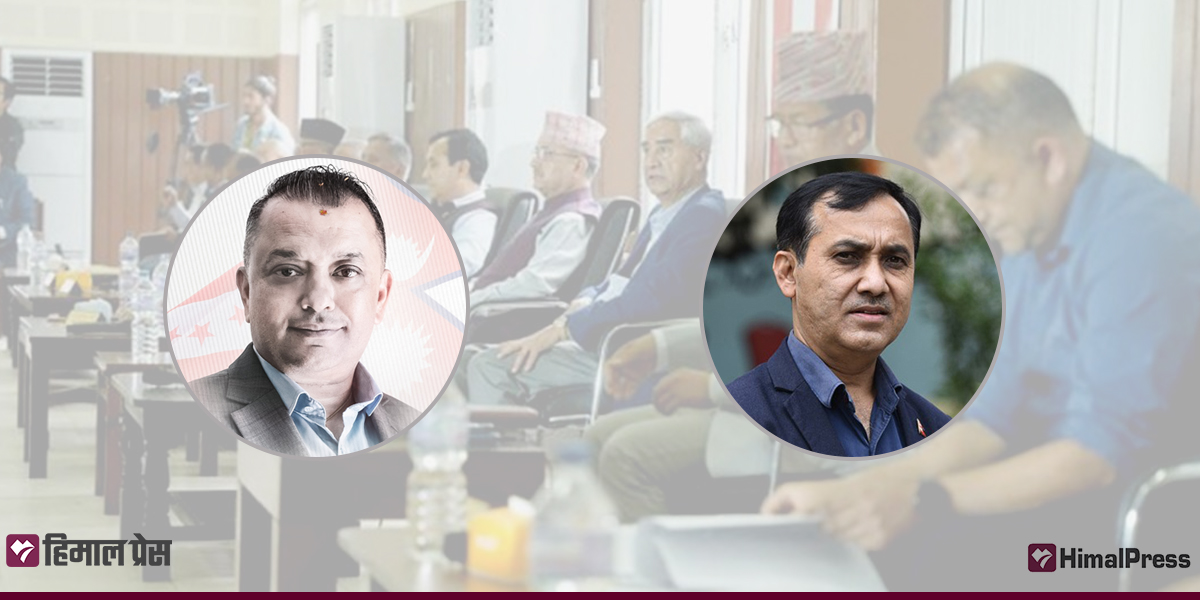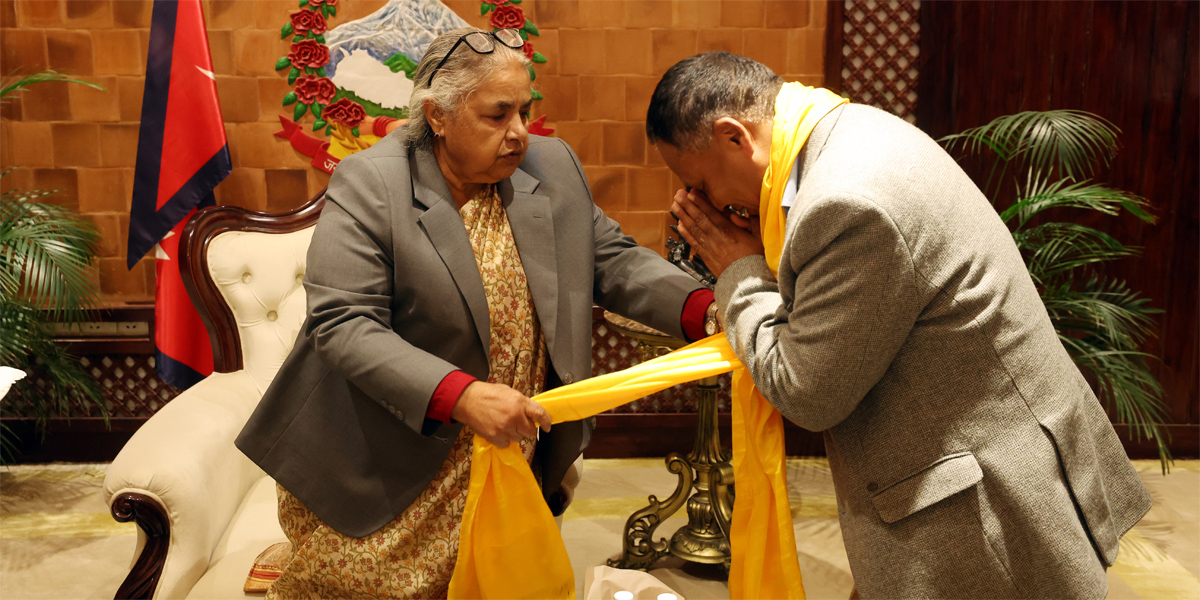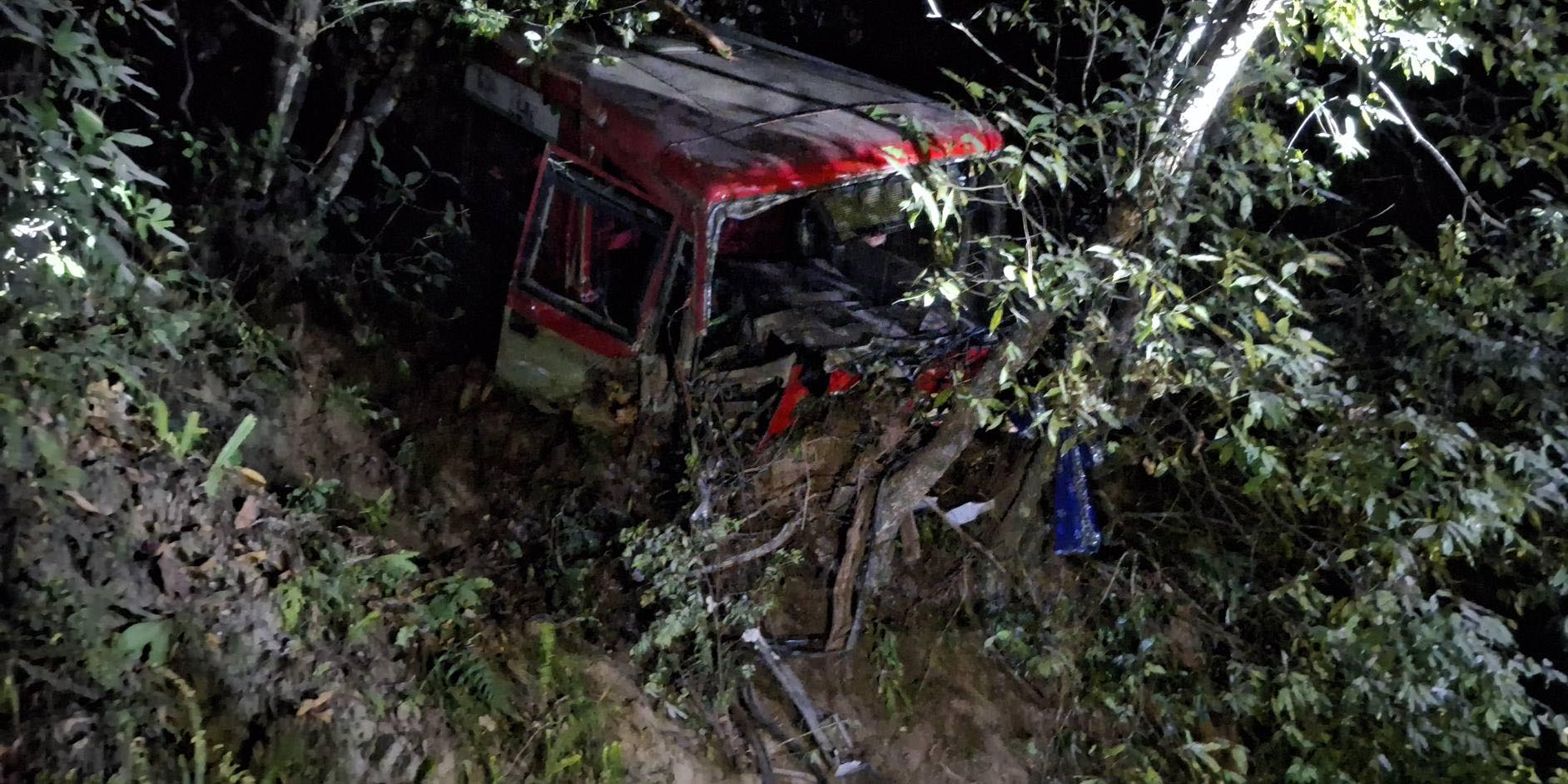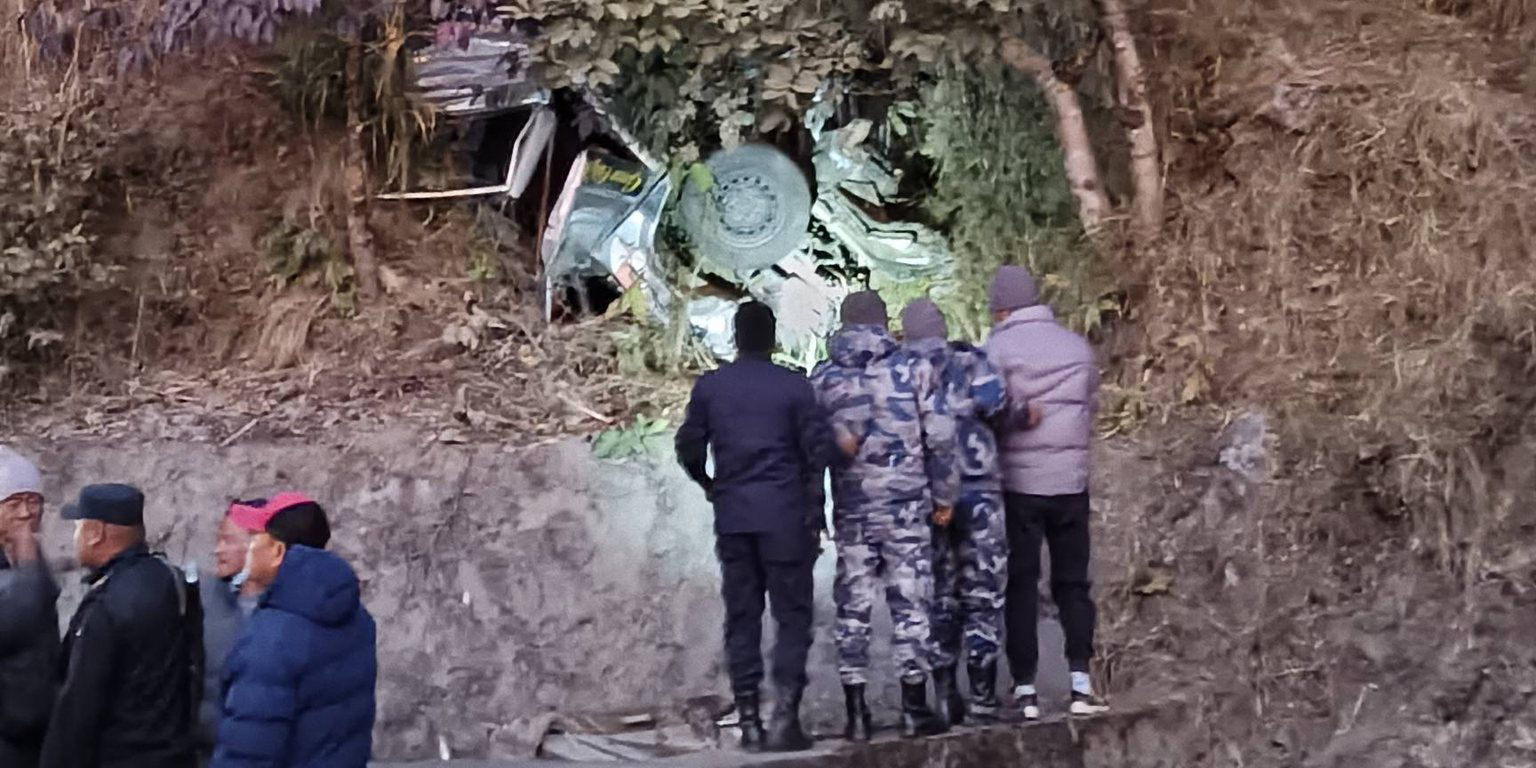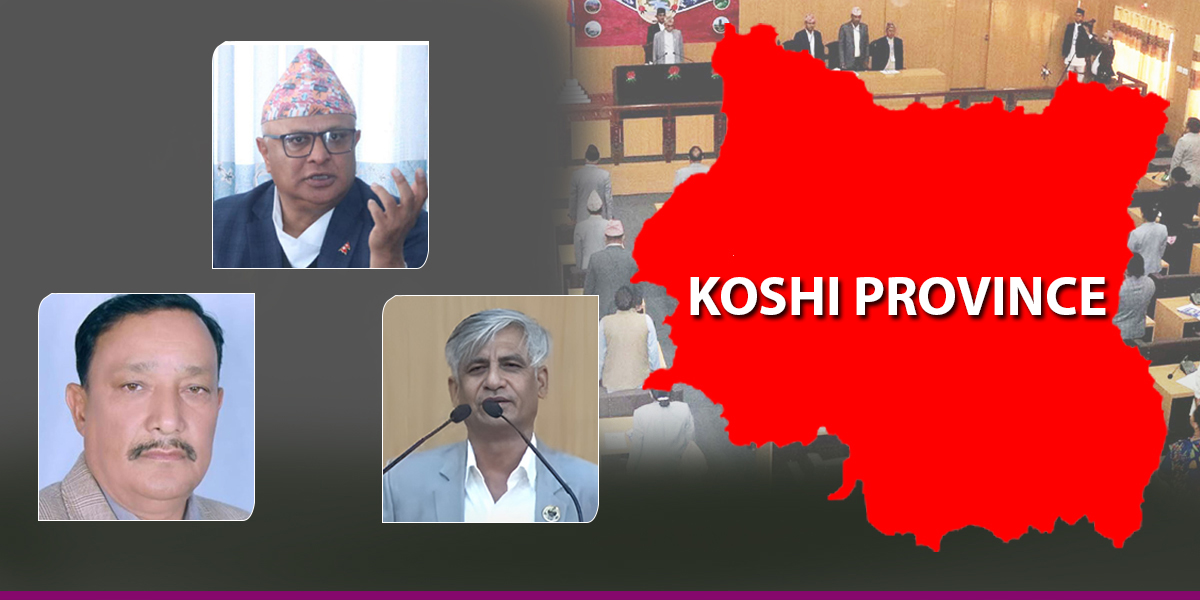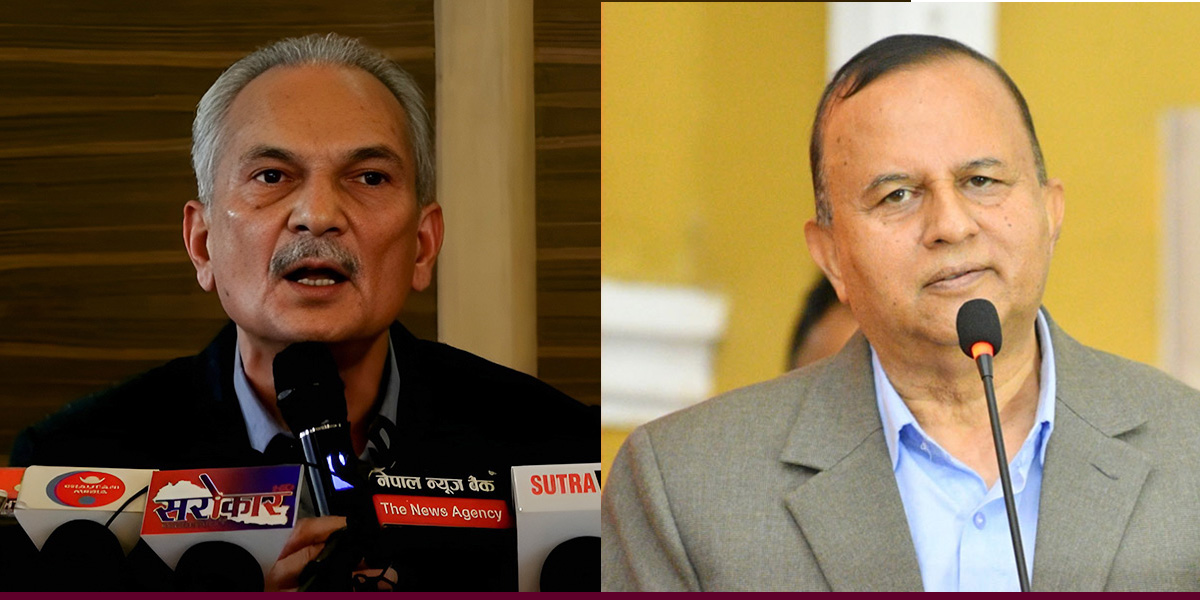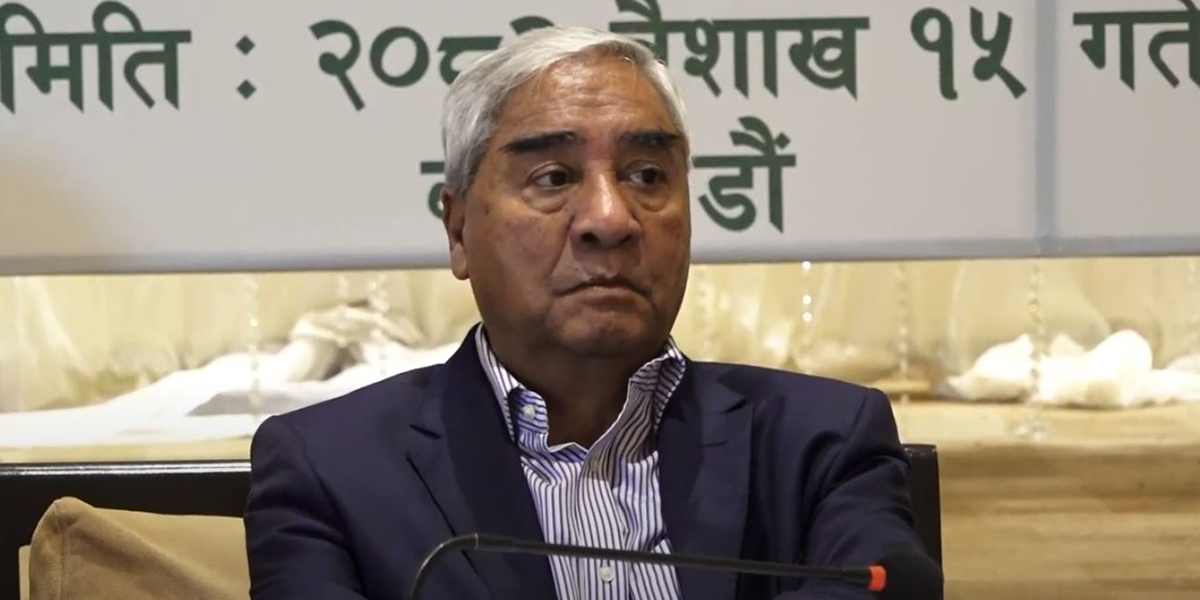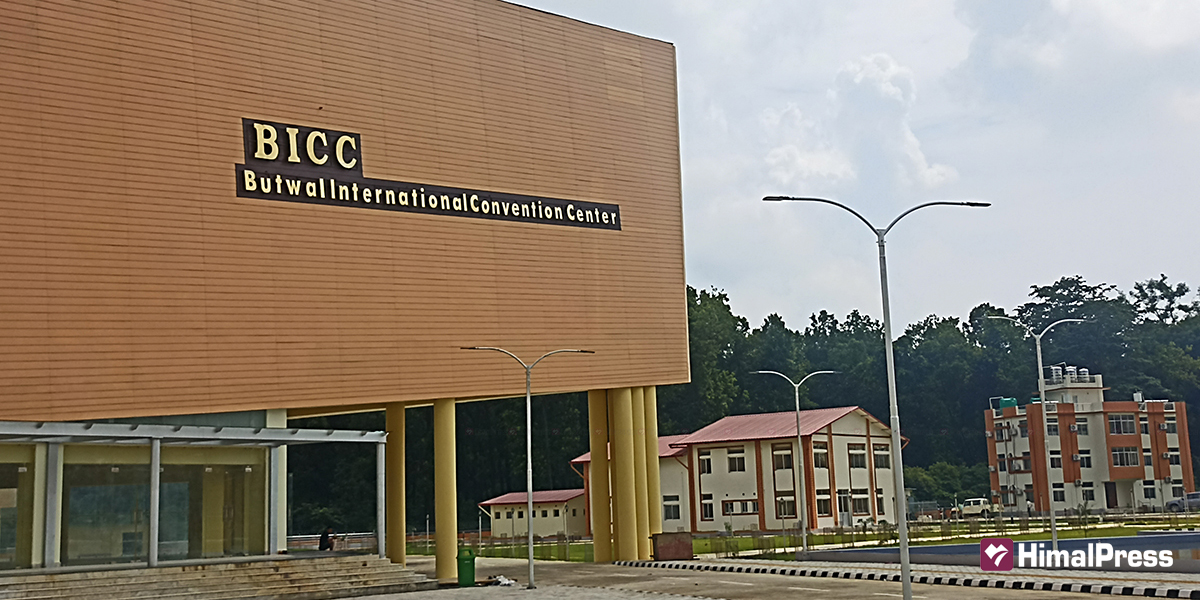
KATHMANDU: It took eight years to construct the Butwal International Conference Center (BICC) in Butwal. The government has invested Rs 1.11 billion in the conference center, which includes a meeting hall and a multi-purpose hall capable of accommodating 1,000 people. However, despite the significant investment, the project has not yet been operationalized.
The government has already spent more than Rs 3 billion at the proposed site of the Njigadh International Airport in Bara.
Similarly, the construction of Suntharali Airport in Kalikot began in the late 1980s. Test flights could only be operated from the airport 31 years after the construction began in 2016. Over Rs 1.15 billion has been invested in the airport, but regular flight operations have not been possible.
Like Suntharali, more than 20 airstrips in the country are not seeing regular flight operations. The government is spending tens of millions of rupees for the upkeep and maintenance of these airports, each of which costs the state about a billion rupees.
Five years ago, a vegetable and fruit market was inaugurated in Jamtoki of Katahari Rural Municipality-1 in Morang with much fanfare. However, even after four years since its opening, the market remains unused. The government has spent over Rs 137.6 million on this project.
These projects, which have taken decades to complete and involved billions of rupees in investments, have failed to yield any returns for the country. It is crucial to learn from these examples while announcing new projects. When the government announces new projects, instead of rushing into unnecessary ventures, careful consideration should be given to their rationale, strategic and economic importance, the country’s capabilities, and other relevant factors. The National Planning Commission, Prime Minister’s Office, major opposition parties, and policymakers should prioritize the importance and necessity of these projects. Furthermore, before assigning construction tasks, the technical and managerial capacity of the companies involved should be thoroughly assessed, aligning them with the country’s needs and priorities.
Regrettably, such practices are not currently in place. Infrastructure Expert Suryaraj Acharya says that the trend of selecting, announcing, and awarding contracts based on political connections has persisted in Nepal for a long time. “The government’s focus tends to be solely on announcing projects and issuing instructions. It doesn’t prioritize the resolution of legal, managerial, and policy issues,” he added.
Experts say that our politicians lack an understanding of the development and frequently announce unnecessary schemes without considering the required budget, managerial and technical capacity for implementation, technical feasibility, policy arrangements, and operational conditions.
Acharya also points out that employees have a risk-averse mentality, and contractors often take on numerous projects beyond their capacity. “Projects recommended by leaders often lack proper utilization and justification,” he added.
Experts say that our politicians lack an understanding of the development and frequently announce unnecessary schemes without considering the required budget, managerial and technical capacity for implementation, technical feasibility, policy arrangements, and operational conditions.
An example of this is the Nepal Shipping Office. In 2015, then-Prime Minister KP Sharma Oli inaugurated the office in Lalitpur and declared that a national flag carrier ship would soon cruise in the Indian and Pacific oceans. However, years have passed, and no progress has been made except for the placement of a signboard. The government continues to invest Rs 160 million annually in this project.
The income and spending capacity of Nepalis has been steadily increasing. The National Statistics Office projects that the per capita income of Nepalis will reach $1,399 in the current financial year. Due to industrialization, business expansion, education, employment, and improved healthcare, the movement of people has increased. Airplane routes are consistently crowded with passengers, and long or medium-distance vehicles are rarely empty. However, the construction of airports in districts or the development of 6 to 8-lane roads have been undertaken without proper assessment. Factors such as economic conditions, population, proximity to existing airports or markets, and other roads should be considered to determine the suitability of constructing additional airports or roads.
Former Vice Chairman of the National Planning Commission, Dr. Govinda Raj Pokharel, said the state must consider the technical feasibility, environmental suitability, economic efficiency, and implementation and managerial capacity before announcing projects. “Before initiating a project, it is essential to ascertain its contribution to economic development, employment growth, investment growth, and market connectivity,” he added. “Projects built without considering these broader and multi-dimensional aspects could be detrimental to the country’s economy.”


